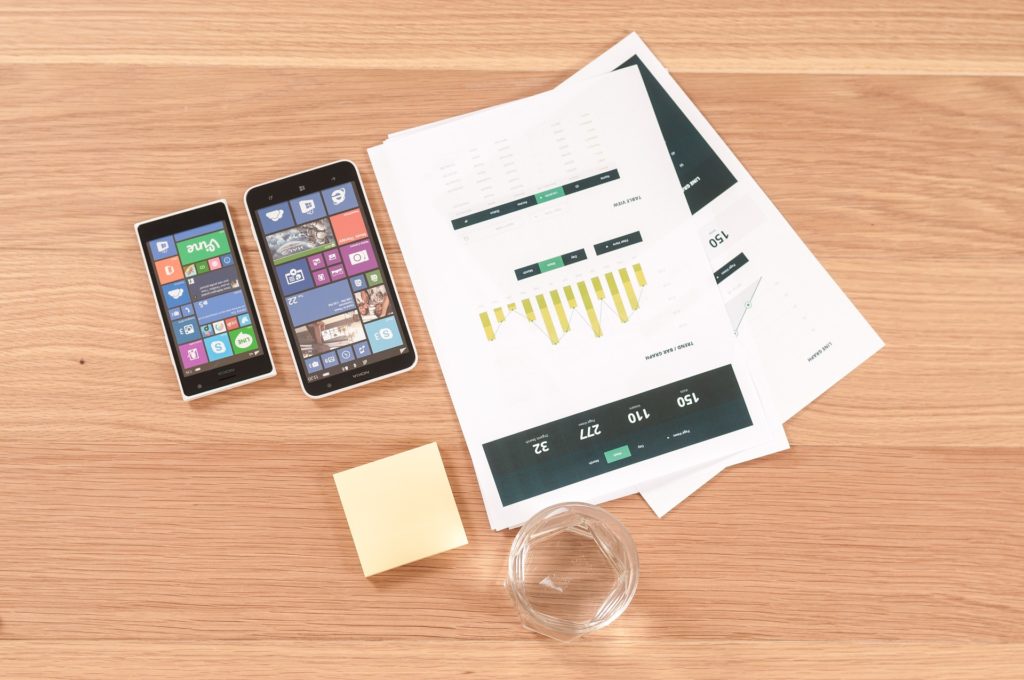
3 Ways B2B Ecommerce Marketers Can Optimize Site UX
We’re all just humans, right? That’s how we’re supposed to be marketing and selling, at least.
There’s no more B2B or B2C, according to business leader Bryan Kramer, so we can just talk to everyone the same way. But wait – that doesn’t sound right.
That’s because while technically true, we are all humans, it doesn’t tell the whole story. There are still key distinctions in how we buy, depending on the context of B2B or B2C. Technology won’t change that.
From making purchasing decisions to actually buying, circumstances are different.
For example, B2B purchases still frequently have more stakeholders in the decision. While a consumer might share purchasing decisions with a spouse or family for B2C purchases, he’s likely to answer to managers or a whole team of finance people when it comes to B2B.
B2B purchases also tend to have a longer consideration process, go through stricter scrutiny to meet purchasing requirements, and often require order customizations. B2B purchases are being made to fulfill a specific need and must meet specific criteria to do so.
There are situational differences, too.
While smartphones have allowed online purchases to happen from anywhere, many B2B sales will still happen on a desktop because of other factors in the situation. For example, if a consumer is at her desk in her office when making the decision with a coworker, the computer is right there to make the purchase.
And while your first thought when you hear “ecommerce” might be “B2C,” B2B ecommerce is rapidly growing. B2B and B2C are also increasingly converging as traditionally B2C behaviors like self-service purchasing become more common in the B2B space.
But B2B ecommerce will always come with challenges that are uniquely B2B and don’t need to be addressed with B2C customers.
For example, that detailed order customization requires features like setting minimum order quantities and offering multiple payment options. The longer purchase cycle means customers need an easy way to stop shopping and pick things back up at another time. Things like that.
And the importance of these features extends beyond onsite UX and CRO. They also have implications for your marketing strategy and campaigns. Let’s dive into a few of them.
1. Let warm leads purchase faster
B2B orders can be large and complex, requiring custom quotes. But this shouldn’t prolong or add friction to the process. With custom quotes, you can allow your customers to build their own orders or make it easier to buy packages you’ve put together for them.
When it comes to self-service buyers, this lets them customize their purchase and move through the buying process without the added step of talking to and working with a sales rep. You can also build packages to send leads to directly to simplify purchasing.
For example, if you’re running a promotion for specific packages, you can use links to these custom quotes in the marketing copy. Or customers referring your packages to other decision-makers, colleagues, or friends can simplify their recommendation by linking straight to a quote.
With tool integrations like BigCommerce and IntuitSolutions, you can keep leads moving through your sales funnel and converting. Instead of handling everything one-on-one with a sales rep via email or phone, as someone would’ve done years ago, they can now “go shopping” like they would at a retail store and other everyday B2C businesses.
By creating their own customized orders through this platform instead of one-on-one conversations, this data’s also more readily accessible to analyze and use in planning your marketing and content.
At your fingertips, you have all your customers’ preferences and behaviors. See what’s most in demand, track trends, and take advantage of them. Use the information to feature content and personalize each of their customer experiences based on this, which we’ll discuss more later.
2. Fully understand your customer’s behavior
You’ll also want to make sure that your ecommerce platform integrates with your ERP system so that you can tie orders to all the other systems in your business, like fulfillment, customer service, and relationship management.
With all of this information in one place, of course, the possibilities are big.
Given the complexity of B2B ecommerce purchases thanks to details mentioned above, keeping all of this information separate in their respective systems limits what you can do with it.
For example, by having fulfillment management connected to your ecommerce platform, your shop can include real-time information on customer orders, product availability, and more to improve the customer experience and help them best meet their needs.
This wouldn’t be a smooth process handled manually. Not only does it require more maintenance, and add a delay complicating the conversion process, but it keeps you from fully understanding your customers.
Integrating ecommerce with an ERP system like NetSuite SmartConnector instead allows you to connect purchase data to data at other points in the customer relationship.
The end-to-end insight you can learn from this allows you to understand and improve your marketing’s impact on customers, as well as more easily manage processes for promotions and marketing activities.
Say that you look at your best customers with the highest LTV and notice that 86% of them purchased your most profitable service after reading the same promotional email that went out to a segment of your customers. Now that you’ve seen how well that email works, you’ll want to double down on getting that message seen by other customers it’s relevant to. Without integration, you wouldn’t be able to tie your efforts to results so easily.
3. Improve conversions with personalized content
Finally, your ecommerce platform needs personalized content, recommendations, and experiences to tailor a buyer’s experiences to what you already know about them.
Not only does this custom experience find the best route to purchase for each specific buyer, it can be used to create more relevant and personalized marketing. Consumers increasingly will expect this from you, and you need to deliver.
You can use a buyer’s known information or past behavior with your company to customize your content for them. For example, personalized onsite recommendations and copy can help keep customers engaged, increase conversions, increase average cart values, and more.
This information can extend to your marketing campaigns as well: the offers they receive, how often they receive messages, and more, can all be personalized based on how they’ve interacted with you. As one possibility, you could segment leads based on rich parameters and create customized email follow-up campaigns for them.
Check out experience tools such as Mura. You’ll be able to build multiple custom shopping narratives for different buyer personas, that give them the right information at each step of the sales conversation. Given how much information is in your ERP to go off of, you can carefully design each type of customer, the experience most likely to give them what they need.
Your experience is your marketing
Your ecommerce marketing activity is dependent on the experience your audience receives once they start shopping. By improving this with the features discussed, you can learn what type of shop and support your different B2B customers need – and deliver it.

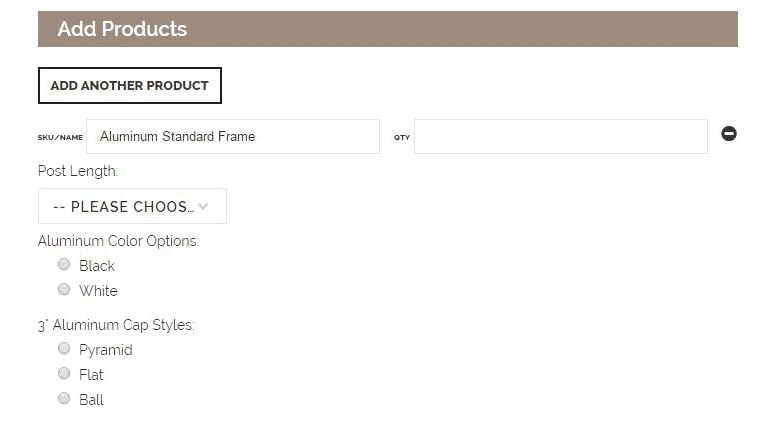
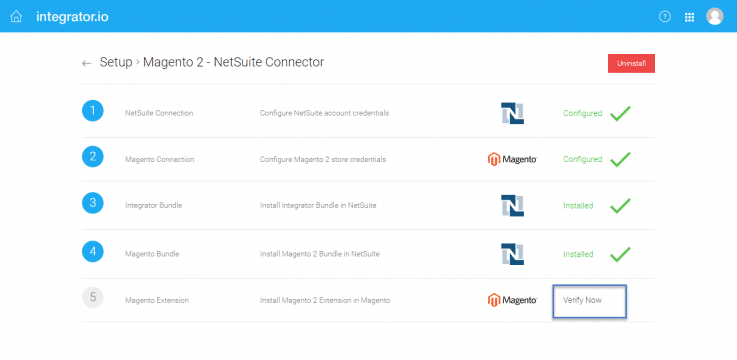
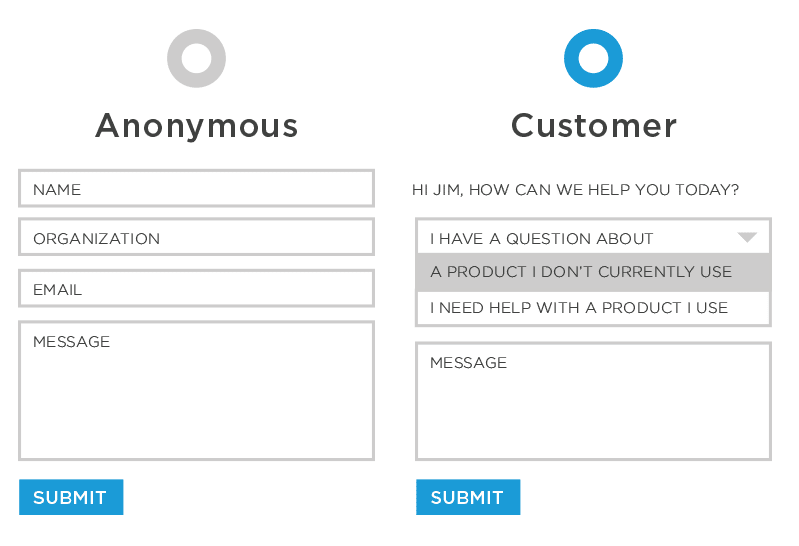
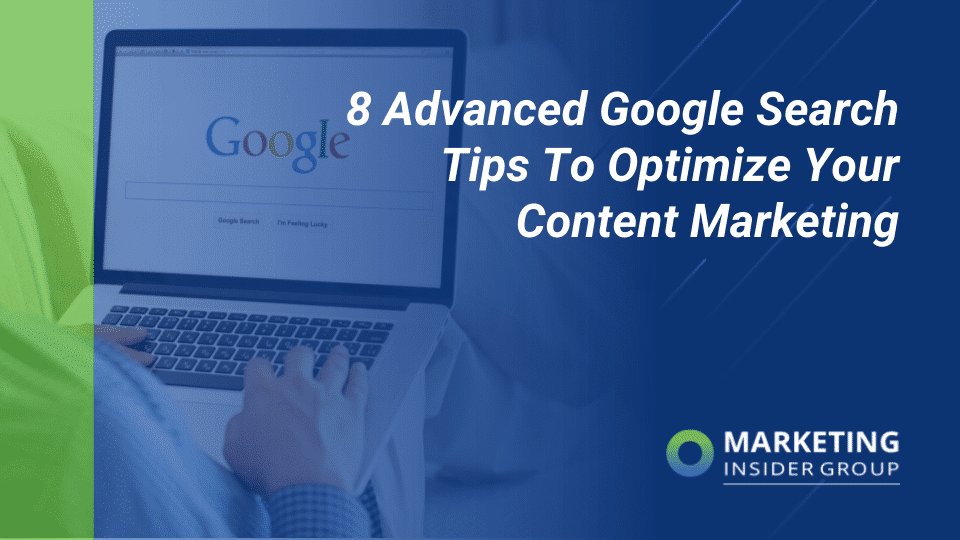

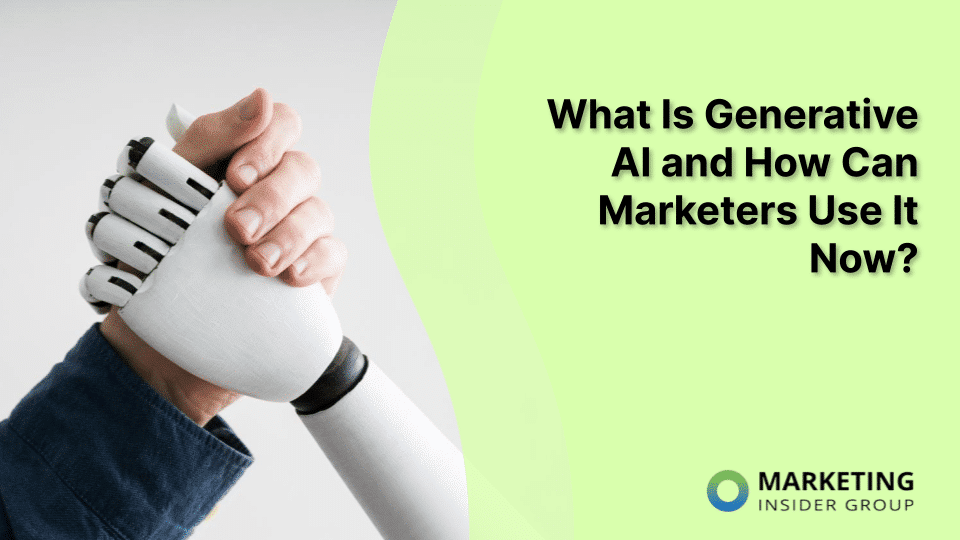



Good one and intersting facts thanx for sharing…